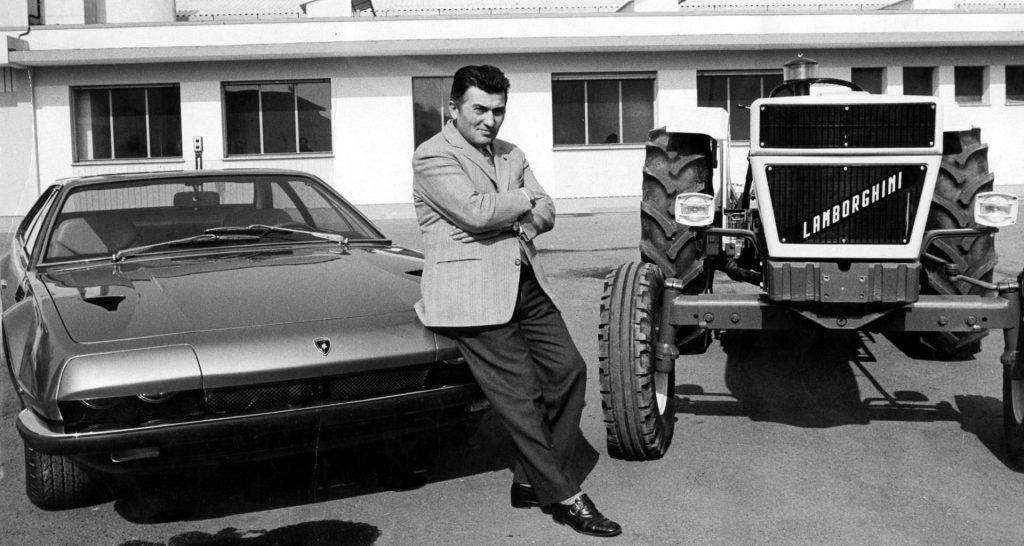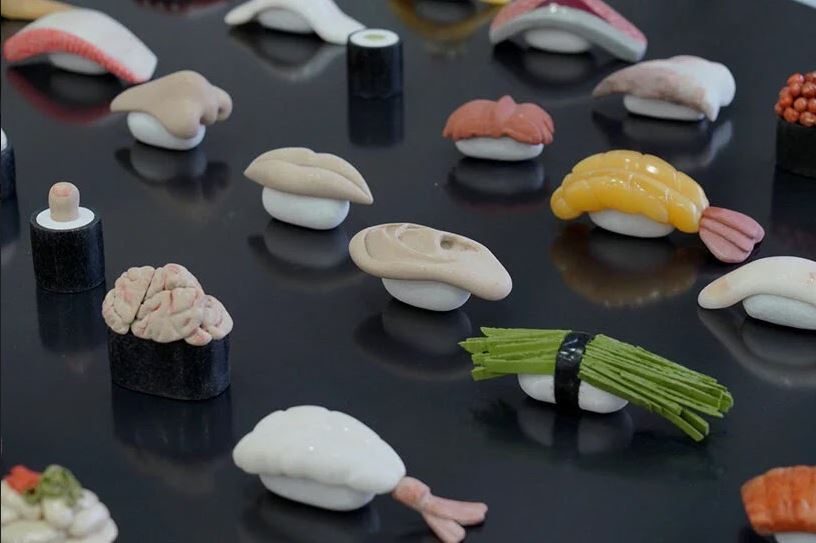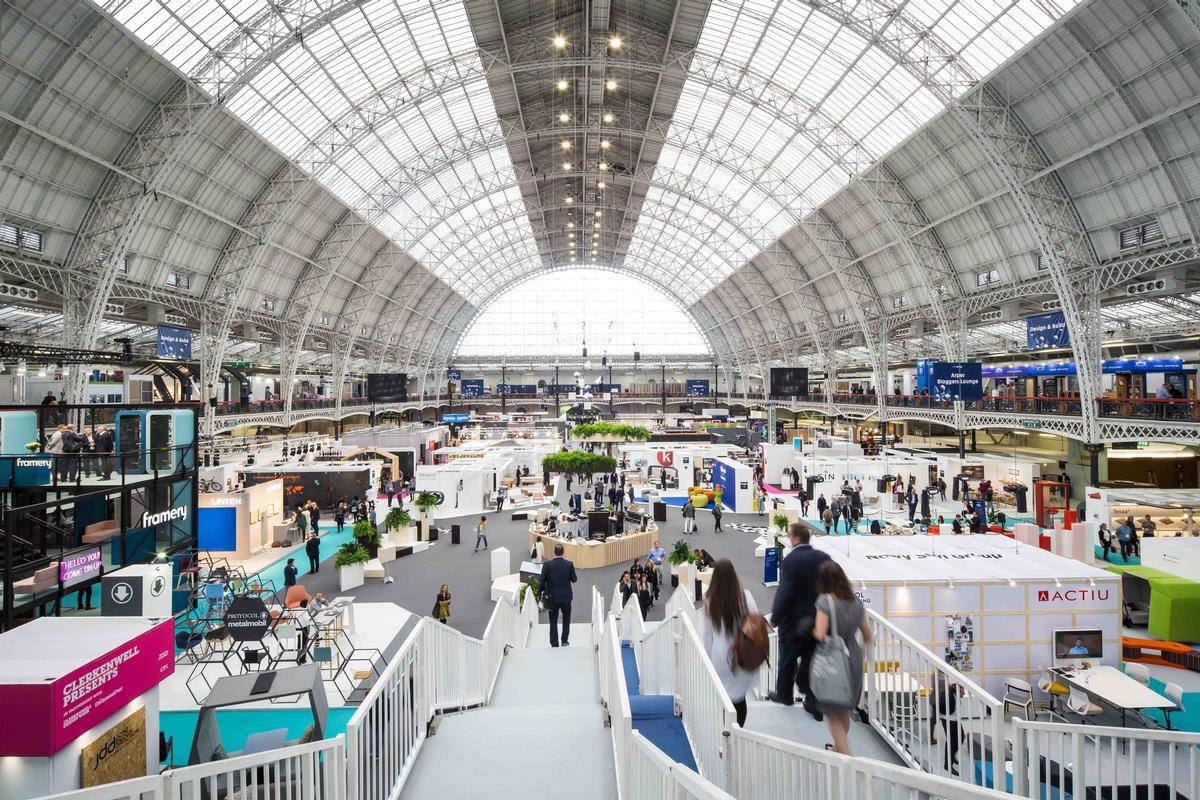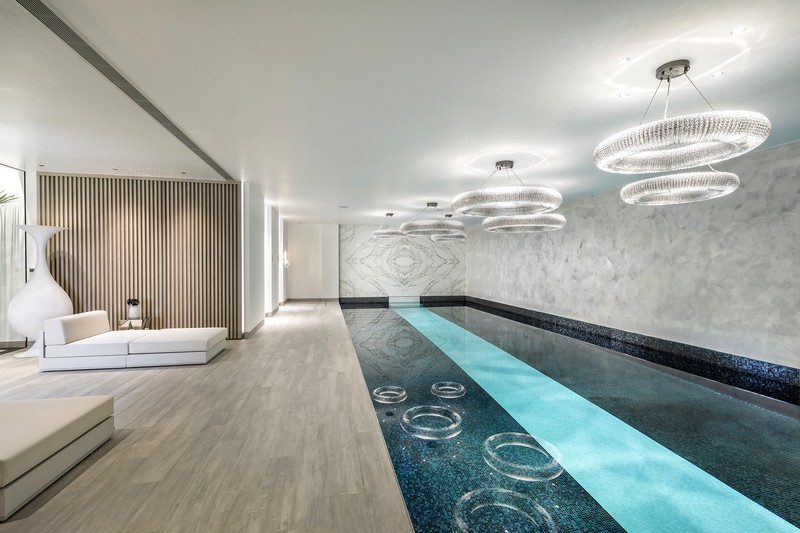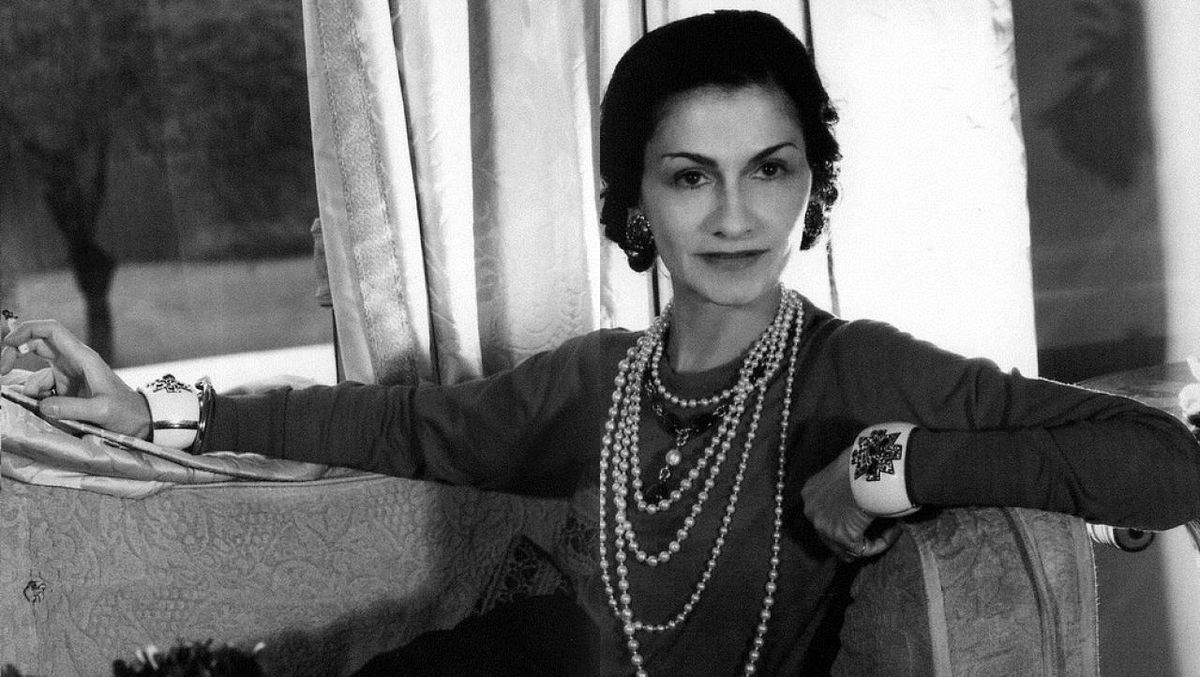Ferruccio Lamborghini, who was born in 1916 in Renazzo di Cento, Italy, began his career with the tractor manufacturer Lamborghini Trattori and became well-known in the industry after the Second World War. Ferruccio founded Automobili Lamborghini in 1963 in Sant’Agata Bolognese. Ferruccio contracted the best engineers and designers of the time, including Gian Paolo Dallara, Franco Scaglione and Giotto Bizzarrini, where they worked as a team to build the company’s first car, the 350 GTV.
350 GT
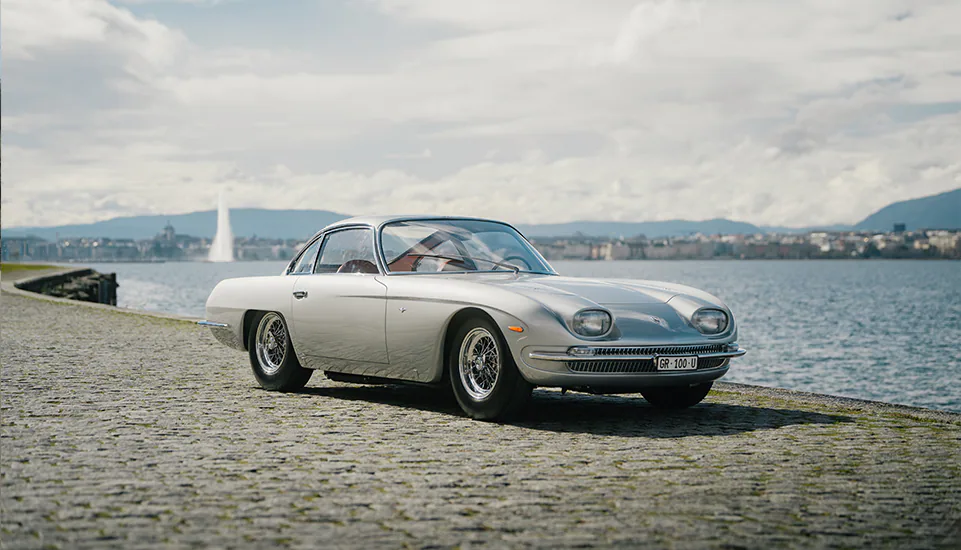
The 350 GTV evolved into the 350 GT, which was produced in 1964. The car marked the beginning of a new era in the world of sports cars. Powered by a 3.5-liter V12 engine, the 350 GT was capable of reaching speeds of up to 250 km/h, which was impressive for the time. More than its speed, the 350 GT stood out for its elegant design and high-quality construction.
Design
Ferrucio has worked with the best designers in the industry to create cars that capture the imagination and have a unique, futuristic aesthetic. Marcello Gandini was one of the designers behind some of Lamborghini’s most iconic models such as the Countach and the Miura.
Some of the most iconic models of the brand:
Miura
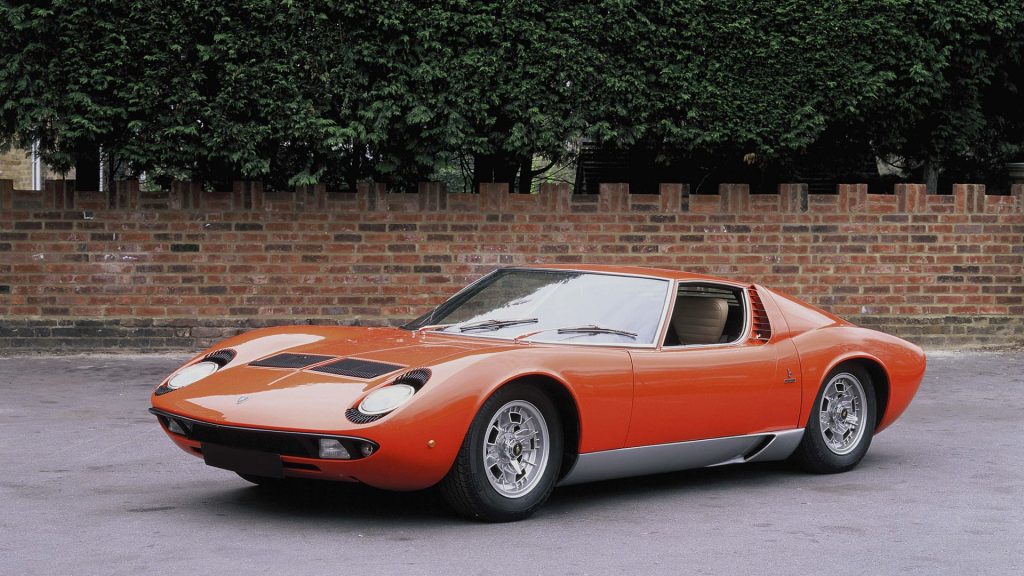
Launched in 1966, the Miura was considered Lamborghini’s first supercar with a V12 engine that produced 350 horsepower. The car’s chassis was designed by Gian Paolo Dallara. The design was intended to be elegant and aerodynamic in order to improve performance, with doors that opened from above, and at the time were considered innovative.
Countach
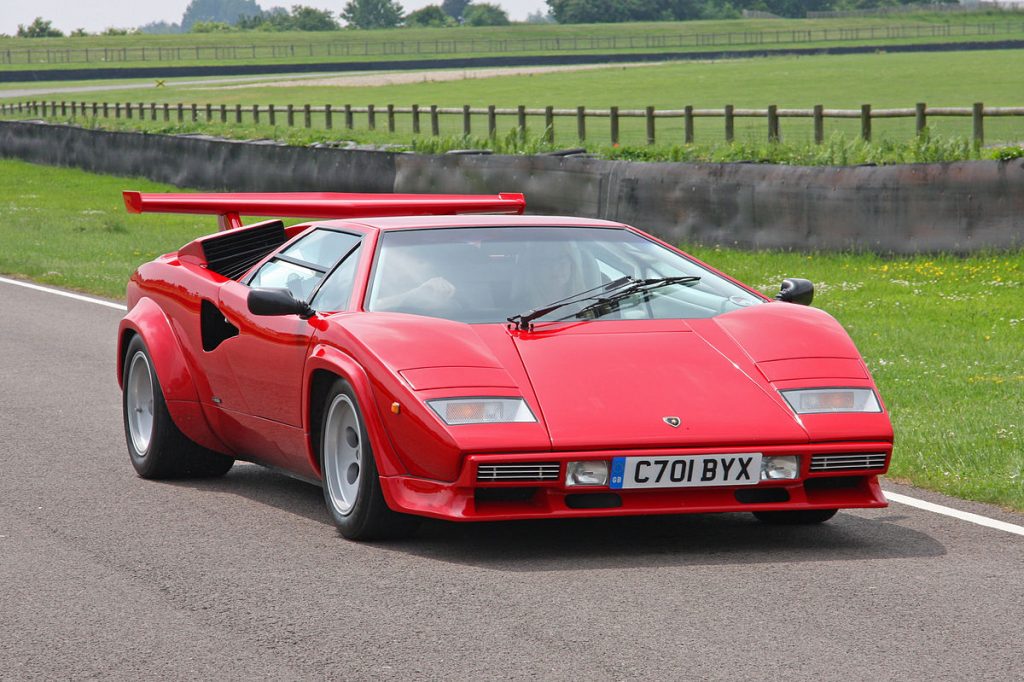
Launched in 1974, the model became an icon in the 1980s. The Countach’s design was angular and aggressive, contrasting with the smooth curves of sports cars at the time. The car’s doors were made in a “scissor” style that opened from the top to the front, facilitating access in tight spaces.
Diablo
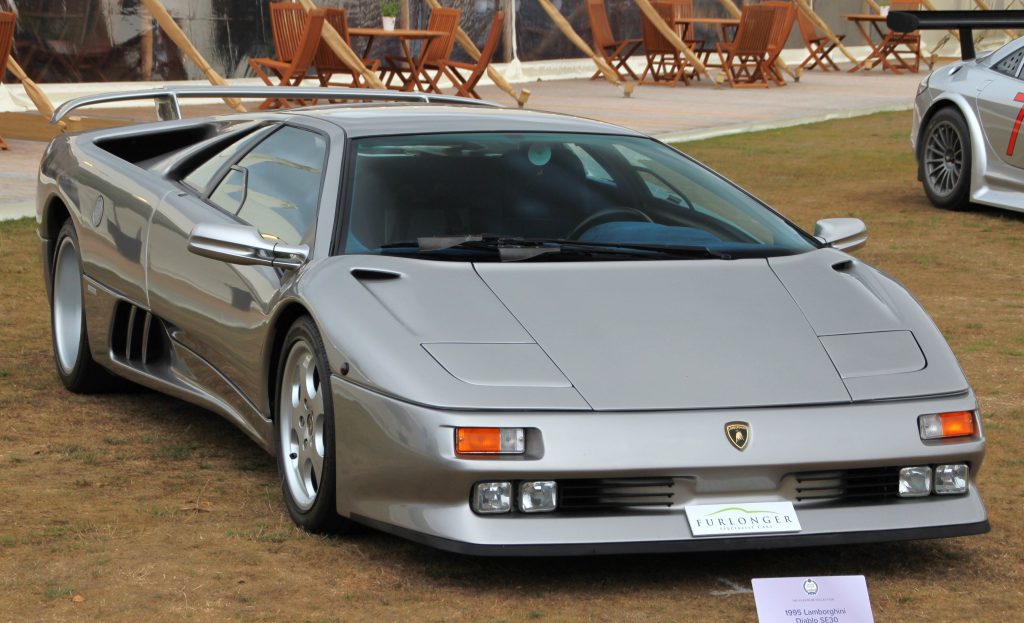
Launched in 1990, it was the first Lamborghini model to exceed 320 km/h and positioned the brand as a powerful force in the world of supercars. The engine was developed with the technological advances of the time, including an electronic fuel injection system that improved efficiency and accelerator response. The interior was made with leather seats, a sound system and air conditioning. The Diablo had several versions and each one brought improvements and new features.

